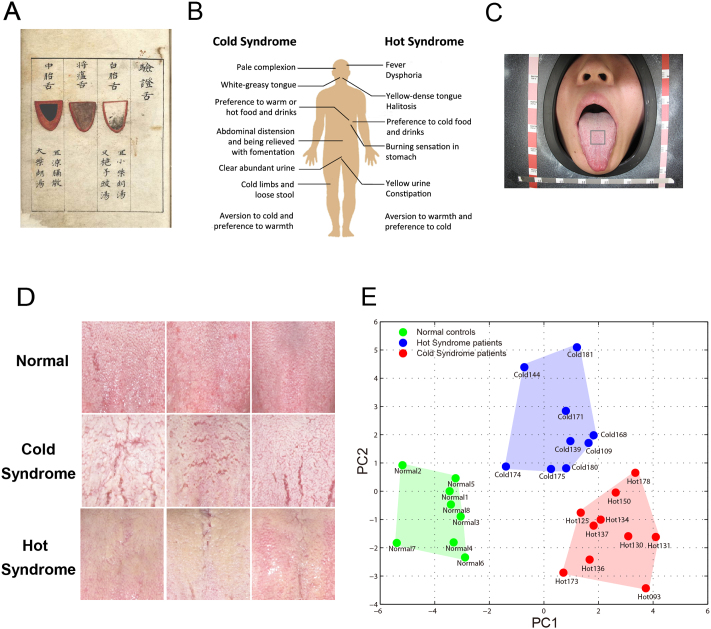Figure 1. TCM tongue diagnosis and tongue-coating appearance classification.
(A) An ancient instruction for tongue diagnosis recorded in Shang-han-dian-dian-jin, a TCM book compiled in the Ming Dynasty of China (1368–1644 AD). (B) Symptoms all over human body used as features for the TCM classification of Cold and Hot Syndromes; the tongue-coating feature is highly important in clinical practice. (C) Sampling images of tongue coating from the centre of the tongue, an area regarded as reflecting conditions of the “spleen-stomach” in the traditional tongue diagnosis. (D) Typical tongue-coating appearances: normal tongue coating of healthy control examples (upper), white-greasy tongue coating of Cold Syndrome examples (middle), and yellow-dense tongue coating of Hot Syndrome examples (lower). (E) Principal Component Analysis (PCA) of the tongue-coating images. The healthy controls, Cold Syndrome patients and Hot Syndrome patients are distributed in separate regions, indicating that the three classes are distinguishable based on their tongue-coating images.

